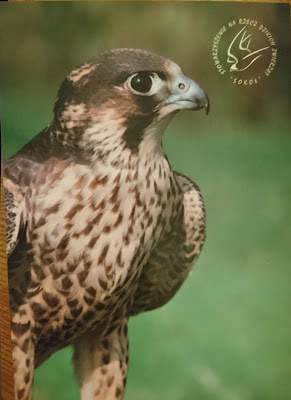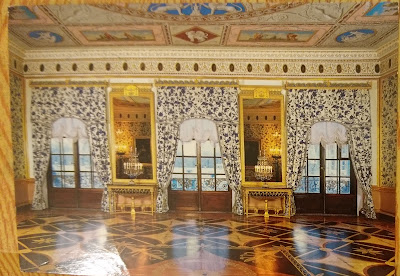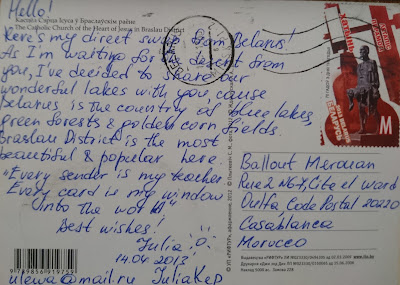Thank you Julia for the nice card , sent 14.04.2013.
The Braslav Lake Area is famous for unusual landscapes and terrain left by the ancient glacier.
The major asset and pride of the region are its lakes. Here you can find about 300 lakes of various sizes, forms, depth, composition, water transparency, flora and fauna. For their unusual beauty they are called “the blue necklace” of Belarus.
The deepest lakes include South Voloso (40.4 meters deep), North Voloso (29.2 meters), Uklya (25 meters) and Strusto (23 meters).
The biggest ones are Drivyaty (36 square kilometers, the 5th largest in Belarus) and Snudy (22 square kilometers, the 8th largest in Belarus).
Here you can find relict invertebrates
that live only in clean water as well as over 30 species of fish. The
Braslav Lakes are home to about 35% of all birds nesting in Belarus.
(Source: https://www.belarus.by/en/about-belarus/natural-history/braslavskiye-ozera)
In the card you can The catholic Church of the Heart of Jesus.
Stamp:
Country:
Belarus
Themes:
Second World War
Issued on:
2013-03-22
The village of Khatyn and its sad history
Khatyn was once a village, located 50 km from Minsk. Today, at this place, there is a memorial dedicated to those who died during the Great Patriotic War. The place has great importance for Belarusians. I will tell you a sad story about the massacre of a population by a battalion of Nazis. In addition, I will tell you about the memorial complex itself, which you can visit during your trip to Belarus.
Before 1942, Khatyn was an ordinary village. In 1943, Belarusian partisans killed a German officer, a fact that marked the beginning of the siege of the village by the enemy. All the inhabitants of the village were locked up in a shed and burned, including the elderly, women and children. One hundred and forty-nine people died in the shed that day, including 75 innocent children. Only one man, 56 years old, saved himself: Joseph Kaminski. He had also tried to save his child, but he could do nothing. The story of Khatyn is not an isolated case, because during the Second World War, 628 other villages were burned; however, Khatyn has become exactly a symbol of the tragedy of the Belarusian people.













